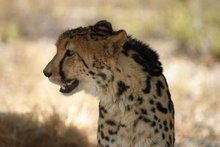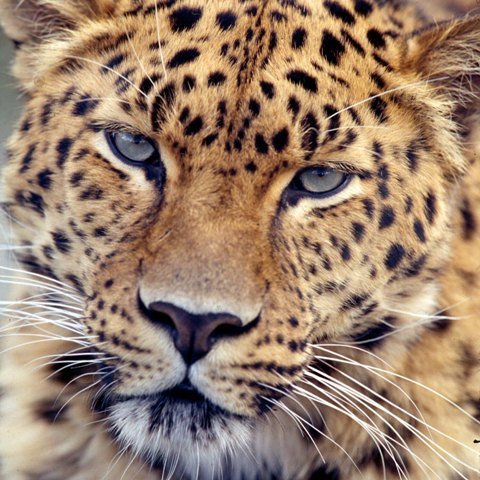
Przewalski's Horse also known as the Asian Wild Horse or Mongolian Wild Horse, or Takhi, is the closest living wild relative of the domestic Horse.
Most "wild" horses today, such as the American Mustang or the Australian Brumbies, are actually feral animals, horses that were once domesticated but escaped and reverted to an apparently wild status. The Przewalski's Horse, on the other hand, has never been successfully domesticated and remains a truly wild animal today. There were once several types of equid that had never been successfully domesticated, including the Tarpan, Onager, and others. However, most have become extinct, with the Przewalski's Horse the only remaining truly wild horse in the world.
Poliakov, who concluded that the animal was a wild horse species, gave it the official name Equus przewalskii (Poliakov 1881). However, authorities differ about the correct classification. Some hold it is a separate species, the last remnant of the wild horse Equus ferus, others hold it is a subspecies of Equus caballus. The question will only be answered with finality if or when the common ancestor from which domestic and Przewalski's horses diverged is determined.Although the Przewalski's horse has 66 chromosomes, compared to 64 in a domestic horse, the Przewalski's horse and the domestic horse are the only equids that cross-breed and produce fertile offspring, possessing 65 chromosomes.
As of a census taken in 2005, the world population of these horses was about 1,500, all descended from 31 horses that were in captivity in 1945, mostly descended from approximately 15 captured around 1900. A cooperative venture between the Zoological Society of London and Mongolian Scientists has resulted in successful reintroduction of these horses from zoos into their natural habitat in Mongolia, and as of 2005 there is a free-ranging population of 248 animals in the wild.



No comments:
Post a Comment